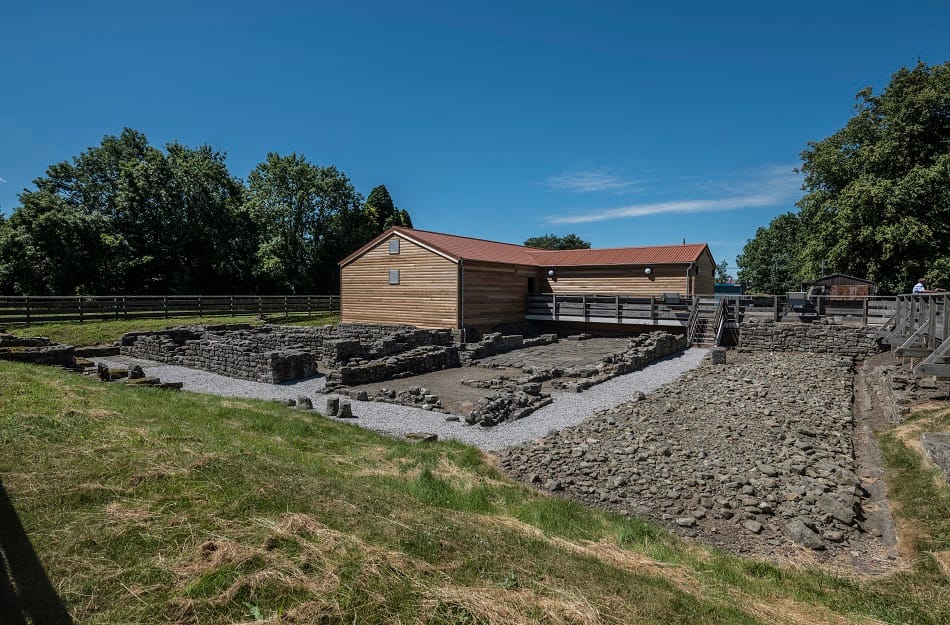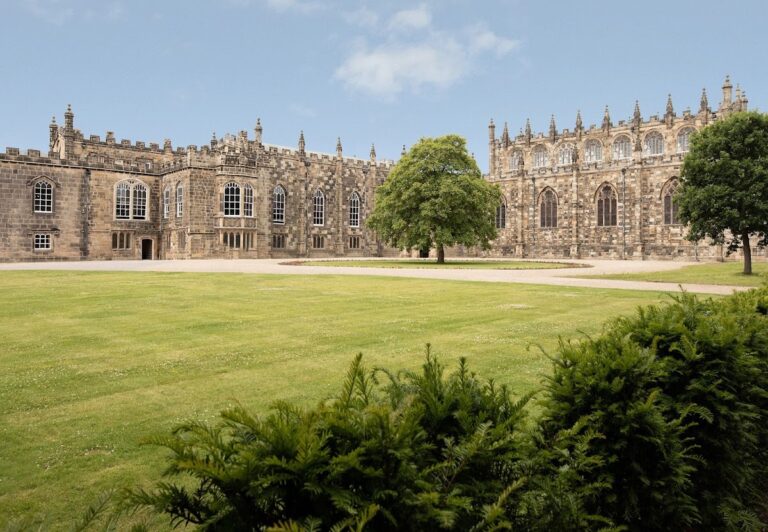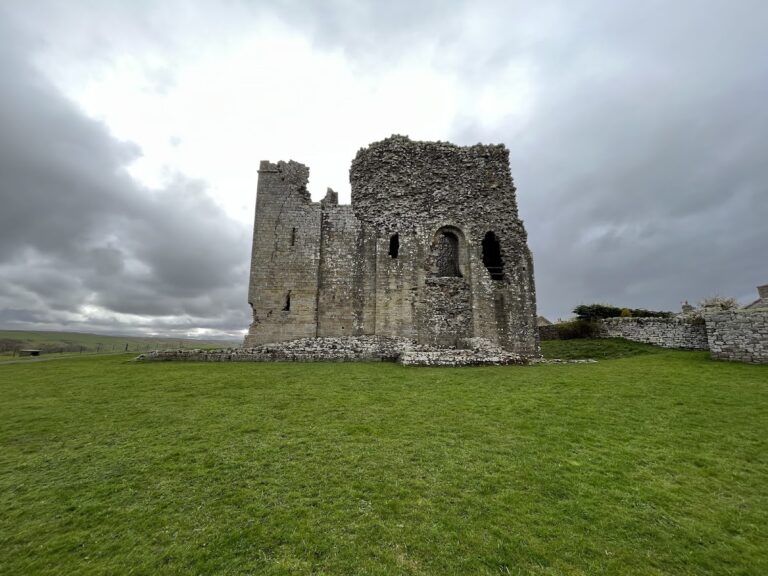Binchester Roman Fort: A Roman Military Site in County Durham, England
Visitor Information
Google Rating: 4.5
Popularity: Low
Google Maps: View on Google Maps
Official Website: www.durham.gov.uk
Country: United Kingdom
Civilization: Roman
Remains: Military
History
Binchester Roman Fort, known in antiquity as Vinovia, is located in present-day Binchester near Bishop Auckland in County Durham, England. It was established by the Romans around AD 79 to secure the crossing of the River Wear along Dere Street, a major Roman road connecting York, Hadrian’s Wall, and northern Scotland. The fort’s foundation likely coincided with Governor Agricola’s military campaigns against the Brigantes tribe in northern Britain. This dating is supported by the discovery of coins from Emperor Vespasian’s reign found on site.
The fort became the largest Roman military installation in County Durham, positioned on a hill approximately 15 meters above the river. A civilian settlement, or vicus, developed to the north and west of the fort, indicating a thriving community alongside the military presence. Inscriptions reveal that the garrison included various units such as the Frisian cavalry (cuneus Frisorum Vinoviensium), heavily armored horsemen (equites catafractariorum), the Vettonian cavalry (ala Vettonum), and a Frisian infantry cohort. Soldiers from the Sixth Legion (Legio VI Victrix) may have constructed the original fort.
Following the Roman withdrawal from Britain around 410 AD, the site continued to be occupied locally. By the early 6th century, an Anglo-Saxon cemetery was established within the fort’s remains. During this period, many Roman buildings were dismantled, and their stones were reused in nearby constructions, including the 7th-century Escomb Church. The area maintained a small settlement and manor house through the Middle Ages, with the manor’s location later replaced by the 17th-century Binchester Hall.
Interest in Binchester’s Roman past dates back to the 16th century. Antiquarians such as John Leland and William Camden recorded finds of coins and visible walls. Systematic archaeological excavations began in the late 19th century and have continued intermittently into the 21st century. Major investigations took place in the 1970s and 1980s, with renewed research from 2007 onward involving television programs and university teams.
Remains
The fort was built on a levelled plateau, prepared with a substantial fill to create a stable foundation. Initial structures were timber barracks constructed in two phases. These wooden buildings were later replaced by stone constructions, including a commandant’s house and an attached bath complex.
The commandant’s house, dating from after the mid-4th century, was designed around a courtyard and featured decorative elements. It was originally intended for a single occupant but was later subdivided into several self-contained units. The bath suite connected to the house consisted of three rooms: a warm room, a hot room, and a hot room containing two plunge baths. Renovations added a flagstone courtyard, a triple-arched gateway, and a small anteroom, suggesting the baths were eventually accessible to the entire garrison.
Over time, maintenance of the baths declined. Parts of the commandant’s house were repurposed for industrial activities such as blacksmithing, lime slaking, and butchery. The collapse of sections of the bath complex likely marked the end of its use after the Roman period.
The fort’s defensive earthworks and ramparts remain visible, although some were damaged by a landslip in the 19th century. A surviving portion of the stone bridge that carried Dere Street over the River Wear can be seen at low water.
Archaeological excavations uncovered a large Roman altar dedicated by Pomponius Donatus to Jupiter and the Matres Ollototae, Celtic mother goddesses, indicating religious practices at the site.
The civilian settlement extended beneath current pastures, covering about 4.7 hectares as revealed by geophysical surveys. Multiple mausolea were found north of the vicus, along with evidence of industrial buildings and a Roman road discovered in 2018.
After the Roman period, the fort was converted into a cemetery from the mid-6th to the 11th centuries. Among the burials was a Saxon woman found amid the ruins of the collapsed bath complex.










